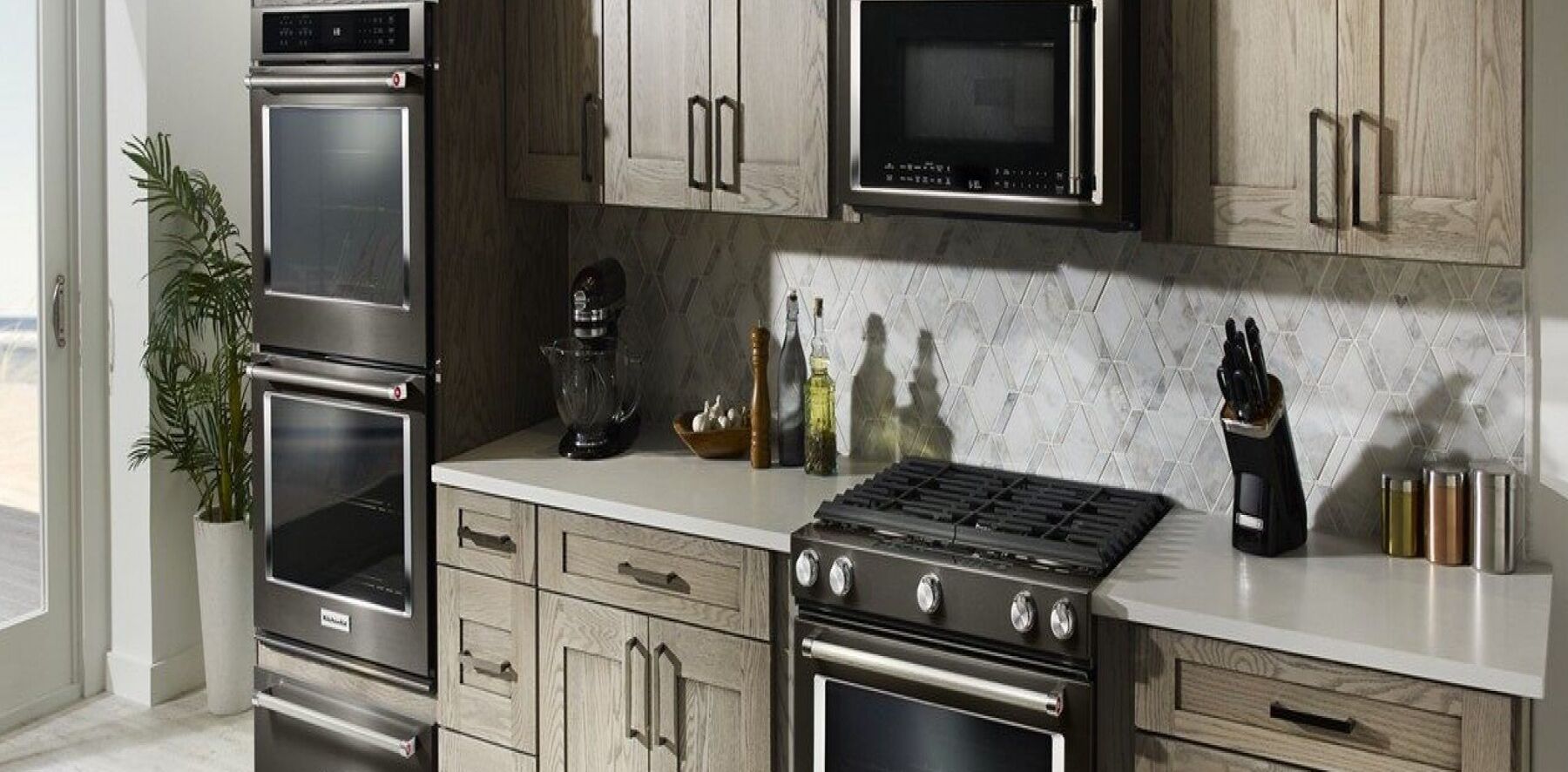

Articles
Why Are Wall Ovens More Expensive Than Ranges
Modified: August 28, 2024
Discover the reasons why wall ovens tend to be pricier compared to ranges in this insightful article. Uncover the secrets behind their cost disparity.
(Many of the links in this article redirect to a specific reviewed product. Your purchase of these products through affiliate links helps to generate commission for Storables.com, at no extra cost. Learn more)
Introduction
When it comes to kitchen appliances, one common question that arises is: why are wall ovens more expensive than ranges? It may seem puzzling at first, but there are several factors that contribute to the higher price tag of wall ovens compared to ranges.
Distinguishing between wall ovens and ranges is the first step to understanding their price difference. A wall oven is a freestanding appliance that is installed into a wall or cabinetry, while a range is a combination of a cooktop and an oven in a single, standalone unit. Wall ovens are typically considered to be more high-end and offer advanced features that cater to specific cooking needs.
To shed some light on why wall ovens come with a higher price point, we will delve into several key factors that influence their costs. These factors include manufacturing and installation costs, design and features, energy efficiency, specialized cooking functions, brand, and quality considerations.
By exploring these aspects, we can gain a better understanding of why wall ovens tend to be more expensive, and whether they are worth the investment for your kitchen.
Key Takeaways:
- Wall ovens are pricier due to custom manufacturing, advanced features, and energy efficiency. Their seamless integration and high-end design make them a worthwhile investment for those who value cooking precision and aesthetics.
- The price difference between wall ovens and ranges is influenced by factors such as specialized cooking functions, brand reputation, and quality. Understanding these aspects helps in making an informed decision based on individual preferences and kitchen needs.
Read more: Why Are GMO Seeds More Expensive
Differences Between Wall Ovens and Ranges
Before we dive into the reasons behind the price difference, let’s examine the key differences between wall ovens and ranges. Understanding these distinctions will help us understand why wall ovens often come with a higher price tag.
The first and most obvious difference is the configuration. Wall ovens are installed into the wall or cabinetry, providing a seamless and integrated look in the kitchen. On the other hand, ranges are standalone units that combine a cooktop and oven in one appliance. This fundamental structural difference affects the manufacturing process and the cost associated with it.
Another important difference lies in the size and capacity. Wall ovens typically come in larger sizes, providing more cooking space. This allows for the preparation of multiple dishes simultaneously, making them ideal for those who frequently entertain or have large families. Ranges, on the other hand, are generally more compact and suitable for smaller kitchens or individuals with less intensive cooking needs.
Furthermore, the design of wall ovens often focuses on aesthetics and flexibility. They are available in various styles such as single ovens, double ovens, and even combination microwave-oven units. This wide range of design options allows homeowners to choose the configuration that best suits their cooking preferences and kitchen layout. Ranges, while still offering design options, are more limited in terms of size and configuration due to their integrated cooktop.
Lastly, wall ovens are known for their advanced features and customization options. They often come equipped with high-end technology, such as touch controls, temperature probes, and convection cooking capabilities. These features enhance the cooking experience by providing precise temperature control, even heat distribution, and the ability to cook meals faster and more efficiently. Ranges, while still offering some advanced features, may not provide the same level of customization and flexibility as wall ovens.
Understanding these differences helps set the stage for unraveling the factors that contribute to the higher price of wall ovens compared to ranges. In the following sections, we will explore these factors in more detail to shed light on why wall ovens are often considered more expensive.
Manufacturing and Installation Costs
One of the key reasons why wall ovens are more expensive than ranges is the manufacturing and installation process involved. Wall ovens require careful production and precision to ensure a seamless integration into the kitchen environment. This level of craftsmanship and attention to detail can drive up the manufacturing cost.
Wall ovens are typically designed to fit into specific cabinet measurements, which means each unit may need to be customized during the manufacturing process. This customization adds complexity and additional labor, leading to increased production costs compared to the standard sizes of ranges.
Moreover, the installation process for wall ovens is more intricate compared to ranges. To install a wall oven, precise measurements and adjustments need to be made to ensure proper alignment and fitting. This often involves hiring a professional installation service, which adds to the overall cost.
Additionally, wall ovens usually require additional accessories and components such as trim kits and mounting brackets. These accessories are essential for achieving a polished and integrated look, but they also contribute to the overall cost.
Overall, the manufacturing and installation costs associated with wall ovens significantly impact their price. The customizability, precision, and additional accessories required contribute to the higher manufacturing cost, which is ultimately reflected in the retail price.
It’s important to note that ranges, on the other hand, are designed to be standalone units and typically come in standard sizes, making their manufacturing and installation processes more streamlined and cost-efficient.
Next, we will explore the role of design and features in the price difference between wall ovens and ranges.
Design and Features
The design and features of wall ovens play a significant role in their higher price compared to ranges. Wall ovens are often manufactured with a focus on aesthetics and customization options, offering a sleek and integrated look in the kitchen.
One of the primary design factors that contribute to the cost is the variety of styles and configurations available for wall ovens. Homeowners can choose from single ovens, double ovens, or even combination microwave-oven units. This versatility allows for personalized selection based on cooking preferences and kitchen layout, but it also adds to the manufacturing complexity and cost.
In addition, the materials used in the construction of wall ovens tend to be of higher quality. The exterior finish, control panels, and handles are often made with premium materials, enhancing the overall aesthetic appeal. These materials, along with the attention to detail in the design, increase the manufacturing cost of wall ovens compared to the more straightforward design of ranges.
Another aspect that contributes to the higher price of wall ovens is the advanced features they offer. Wall ovens often come equipped with the latest technology and innovative functions to enhance the cooking experience.
One commonly found feature in wall ovens is convection cooking. Convection technology uses a fan to circulate hot air evenly inside the oven, resulting in faster and more even cooking. This feature is highly desired by home cooks as it improves the quality of baked goods and reduces cooking time, but it also drives up the overall cost of the oven.
Additionally, wall ovens may offer other specialized cooking functions, such as steam cooking, pyrolytic self-cleaning, and delayed start options. These features provide convenience and versatility in the kitchen, but they also contribute to the higher price point.
Overall, the design and features of wall ovens, including the variety of styles, premium materials, and advanced cooking functions, contribute significantly to their higher cost compared to ranges. These features enhance the usability and aesthetics of the appliance, but they also increase the manufacturing and materials expenses.
In the next section, we will explore the role of energy efficiency and specialized cooking functions in the price difference between wall ovens and ranges.
Wall ovens are more expensive than ranges because they are typically built-in and offer more advanced features, such as convection cooking and larger capacities. They also require additional installation costs.
Energy Efficiency
Energy efficiency is another factor that contributes to the higher price of wall ovens compared to ranges. As society becomes more environmentally conscious and energy costs rise, energy-efficient appliances have gained popularity.
Wall ovens often incorporate advanced technologies and features to enhance energy efficiency. For example, many wall ovens are equipped with better insulation to prevent heat loss during cooking. This insulation helps maintain a consistent and even temperature inside the oven, resulting in more efficient energy usage.
Additionally, wall ovens may feature energy-saving modes or sensors that automatically adjust the cooking temperature and duration to minimize energy consumption without compromising cooking performance. These features not only save energy but also reduce operating costs over time.
Another aspect of energy efficiency is the use of convection technology in wall ovens. Convection cooking circulates hot air inside the oven, reducing cooking time and allowing for lower oven temperatures. This leads to energy savings as less energy is needed to achieve the desired cooking results.
While ranges also offer some energy-efficient features, such as self-cleaning modes and precise cooking controls, wall ovens often prioritize energy efficiency due to their higher-end nature. However, these energy-saving technologies and features increase the production costs of wall ovens, which in turn contributes to their higher retail price.
While energy efficiency may not be the sole reason behind the price difference between wall ovens and ranges, it is an important factor to consider. The energy-saving capabilities of wall ovens align with the growing demand for eco-friendly appliances and can lead to long-term cost savings on utility bills.
In the next section, we will explore specialized cooking functions and their impact on the price difference between wall ovens and ranges.
Read more: Why Are White Chia Seeds More Expensive
Specialized Cooking Functions
Specialized cooking functions are another significant factor that contributes to the higher price of wall ovens compared to ranges. Wall ovens often come equipped with a range of advanced features tailored to specific cooking needs, offering a more versatile and customized cooking experience.
One of the specialized cooking functions commonly found in wall ovens is steam cooking. Steam cooking involves the use of steam to cook food, which helps retain moisture, nutrients, and flavors. This feature is particularly beneficial for those who prioritize healthy cooking and want to achieve tender and succulent results.
Another specialized function offered by some wall ovens is the pyrolytic self-cleaning feature. This feature heats the oven to a high temperature, turning the food residue into ash that can be easily wiped away. This self-cleaning capability eliminates the need for harsh chemical cleaners and tedious scrubbing, making maintenance a breeze.
Delayed start and timed cooking functions are also common in wall ovens. These features allow you to set a specific time for the oven to start cooking or to cook for a predetermined duration. This is especially convenient for those with busy schedules, as they can pre-program the oven to have a meal ready when they return home.
While some of these specialized functions can be found in certain ranges, the range of options and the level of customization available in wall ovens are more extensive. These additional features and functions come at a higher cost due to the research, development, and implementation involved.
Moreover, the availability of these specialized cooking functions in wall ovens caters to a specific audience who values these features and is willing to pay a premium for enhanced cooking capabilities. This specialized focus and customization contribute to the higher price point of wall ovens compared to ranges.
Next, we will explore the impact of brand and quality considerations on the price difference between wall ovens and ranges.
Brand and Quality Factors
The brand and quality of an appliance are important considerations that can influence the price difference between wall ovens and ranges. Brand reputation and quality standards play a significant role in determining the pricing of these kitchen appliances.
Well-known and reputable appliance brands often invest heavily in research, development, and manufacturing processes to ensure their products meet high-quality standards. These brands have established a reputation for producing reliable and durable appliances that are built to last.
The use of high-quality materials and components in the manufacturing of wall ovens contributes to their higher price. These materials and components are often more durable, ensuring a longer lifespan of the appliance. Additionally, reputable brands provide better warranty coverage and after-sales services, further justifying the higher price point.
On the other hand, lesser-known or generic brands may offer wall ovens and ranges at a lower price, but the quality and reliability of these appliances may be compromised. Lower-quality materials, inferior craftsmanship, and shorter warranty periods can result in a shorter lifespan and potential repair or replacement costs in the long run.
Customers who prioritize brand reputation and are willing to invest in a high-quality appliance often opt for well-known brands that have a proven track record of reliability and performance. These brands have established themselves as leaders in the industry and are associated with superior quality and customer satisfaction.
However, it’s important to note that brand reputation and quality are not the sole determinants of price differences. Some lesser-known brands may offer high-quality wall ovens at a more affordable price, while some well-known brands may have ranges with lower price points to cater to a wider market.
Ultimately, customers must consider their preferences, budget, and desired level of quality when choosing between wall ovens and ranges. Recognizing the importance of brand reputation and quality can help guide purchasing decisions and ensure satisfaction in the long run.
As we conclude our exploration of the factors influencing the price difference between wall ovens and ranges, it’s clear that a combination of manufacturing and installation costs, design and features, energy efficiency, specialized cooking functions, and brand and quality factors all contribute to the higher price of wall ovens. While this higher price may require a larger initial investment, the benefits and enhanced cooking capabilities offered by wall ovens often make them a worthwhile addition to any kitchen.
Now that you have a thorough understanding of the reasons behind the price difference, you can make an informed decision on whether a wall oven or range is the best fit for your kitchen and cooking needs.
Conclusion
In conclusion, the price difference between wall ovens and ranges can be attributed to several factors. Understanding these factors can help you make an informed decision when choosing the right appliance for your kitchen.
Wall ovens are typically more expensive than ranges due to their manufacturing and installation costs. The customizability, precise measurements, and additional accessories required for wall oven installation drive up the overall cost.
The design and features of wall ovens also contribute to their higher price. The variety of styles and configurations available, along with the premium materials used, add to the manufacturing complexity and cost. Moreover, the advanced features and specialized cooking functions found in wall ovens enhance the cooking experience but come with an additional cost.
Energy efficiency is another factor that affects the cost of wall ovens. These appliances often incorporate advanced technology and insulation to reduce energy consumption, resulting in long-term cost savings on utility bills.
Finally, brand reputation and quality play a significant role in the price difference. Well-known brands invest in research and development to deliver high-quality appliances and provide reliable after-sales service, which justifies the higher price tag. However, it’s important to consider the value and longevity that a higher-quality appliance can provide.
Ultimately, deciding between a wall oven and a range comes down to personal preference, kitchen layout, and individual cooking needs. If you value customization, advanced features, and a seamless integrated look, a wall oven might be worth the investment. On the other hand, if space and budget are a concern, a range may be more suitable.
Regardless of your choice, it’s essential to consider the long-term benefits, such as efficiency, durability, and enhanced cooking capabilities, when making your decision.
By understanding the factors contributing to the price difference between wall ovens and ranges, you can make an informed choice and ensure that your chosen appliance aligns with your needs, preferences, and budget. Whether you opt for the elegance and versatility of a wall oven or the convenience and simplicity of a range, both appliances can elevate your culinary experience and transform your kitchen into a hub of delicious creations.
Frequently Asked Questions about Why Are Wall Ovens More Expensive Than Ranges
Was this page helpful?
At Storables.com, we guarantee accurate and reliable information. Our content, validated by Expert Board Contributors, is crafted following stringent Editorial Policies. We're committed to providing you with well-researched, expert-backed insights for all your informational needs.
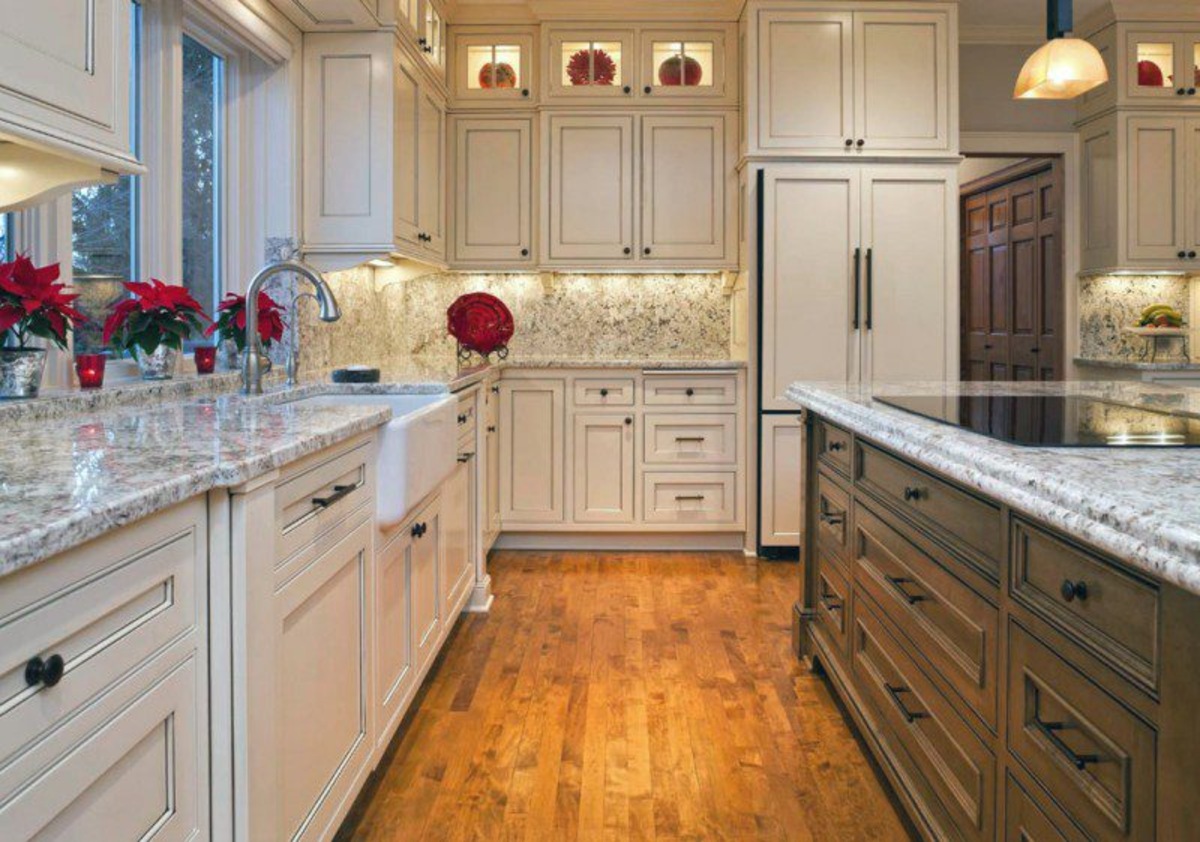

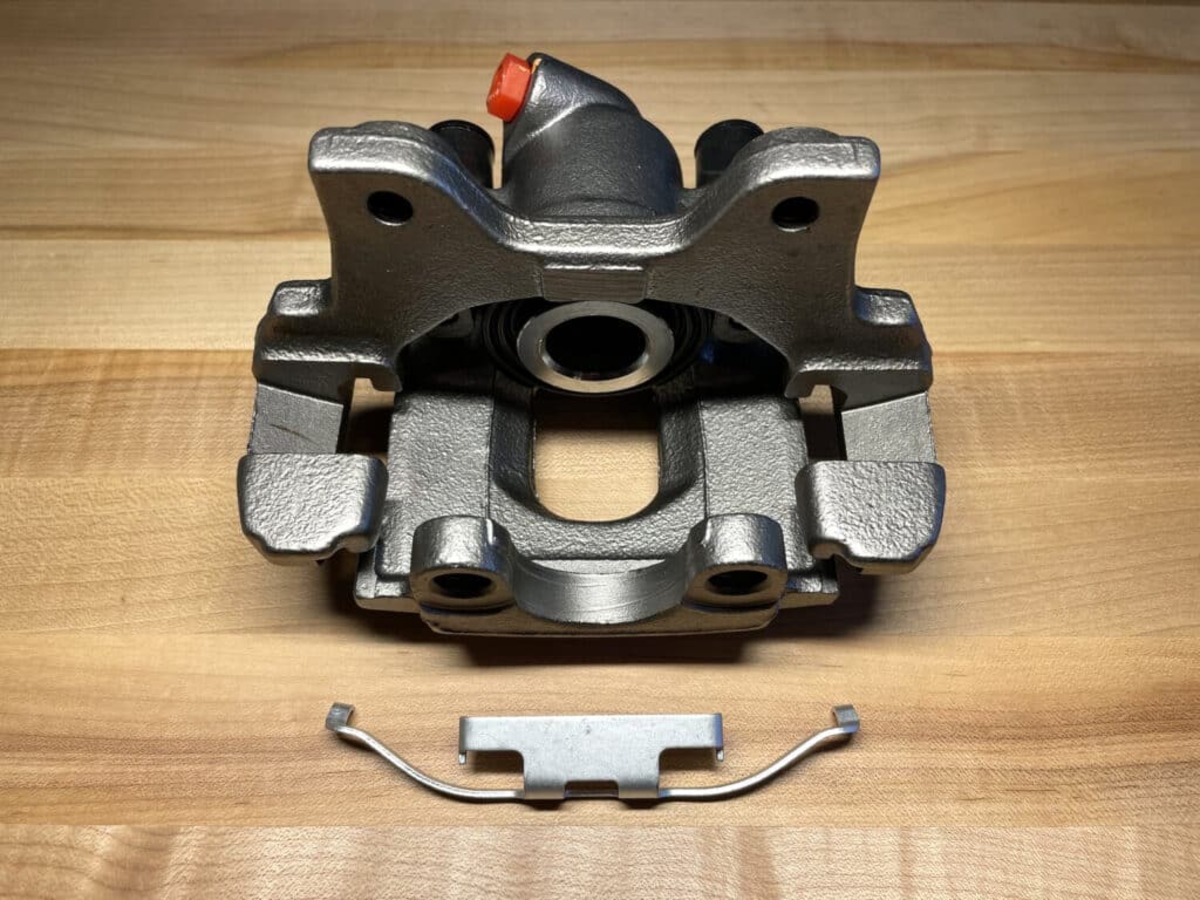

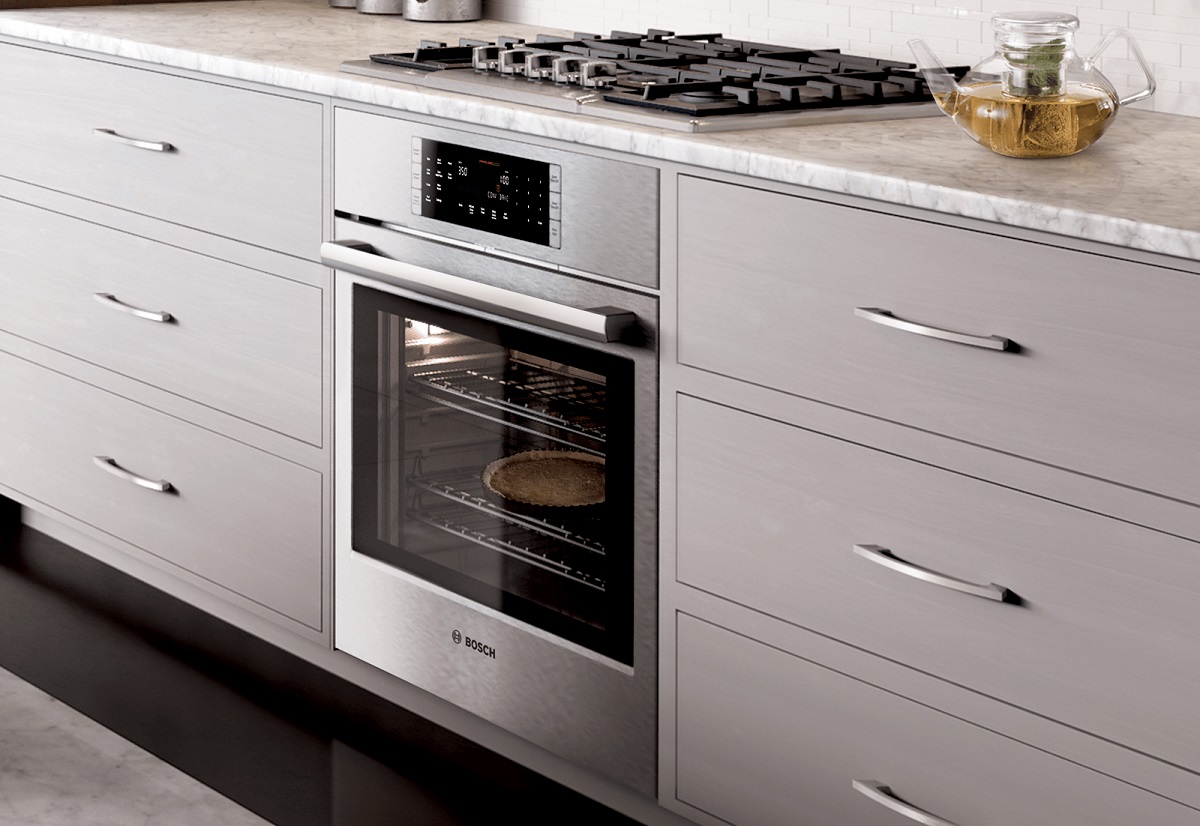

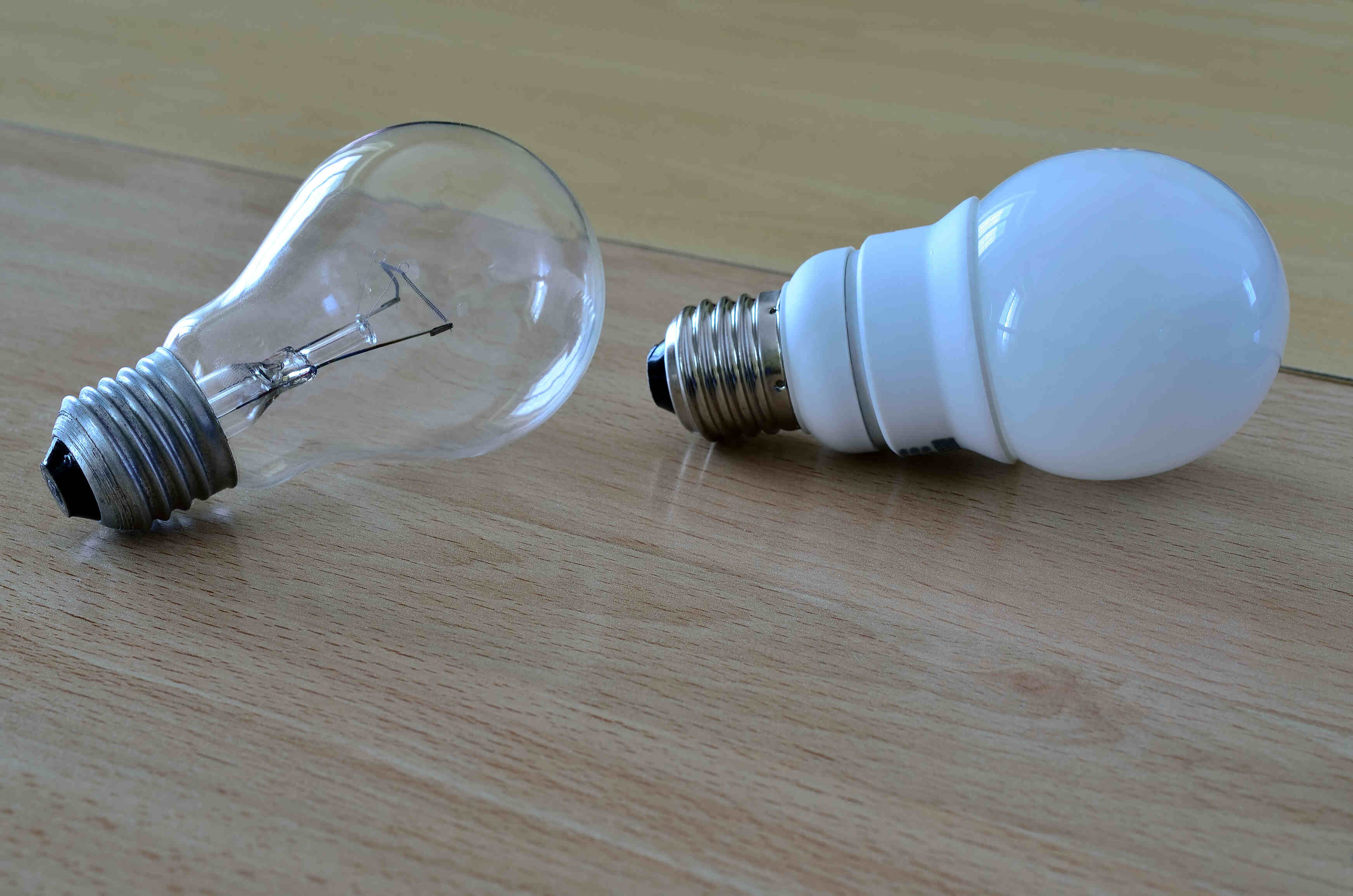

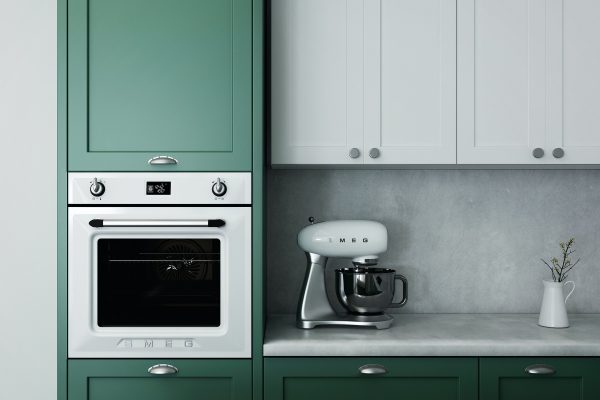



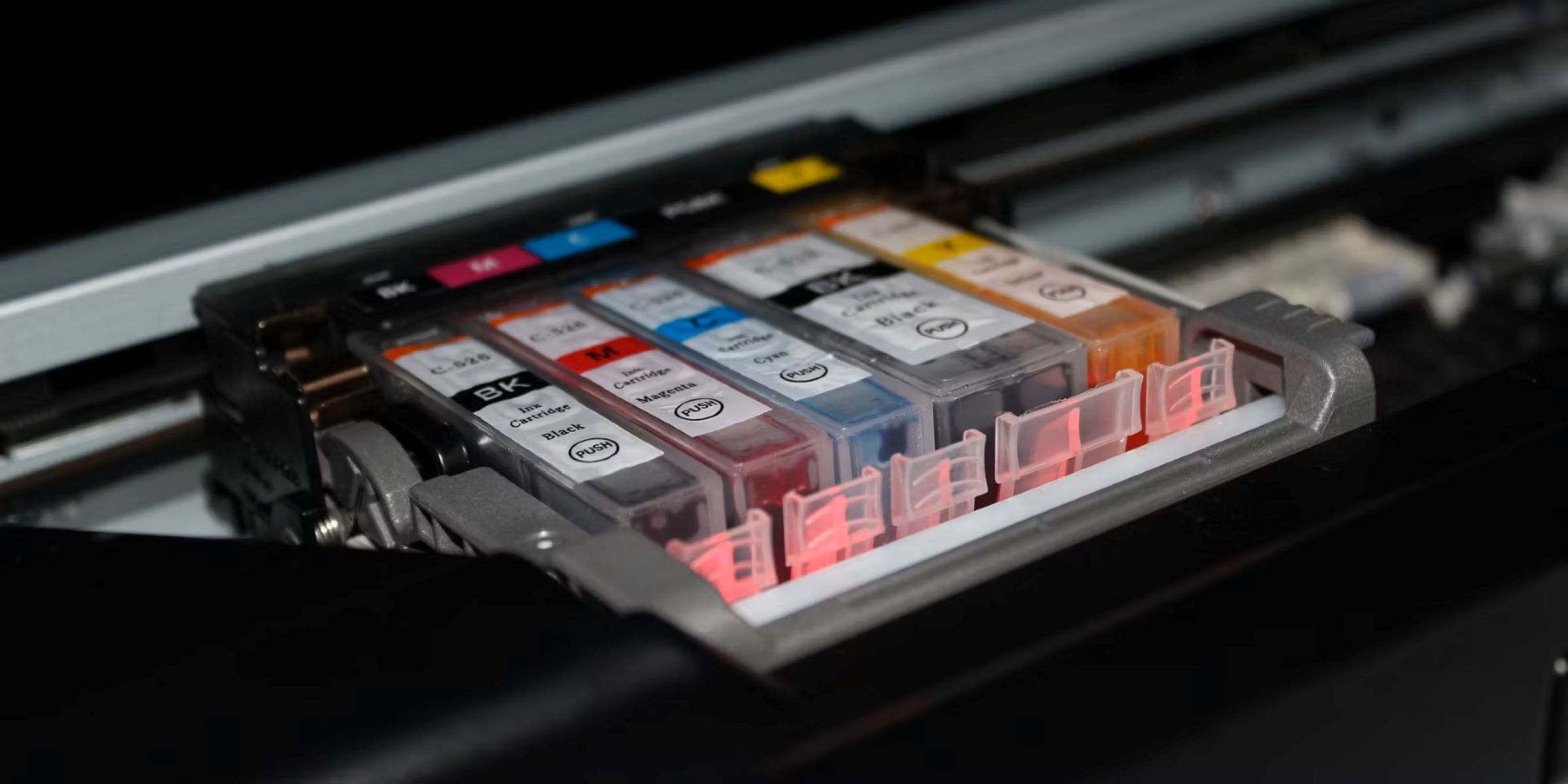
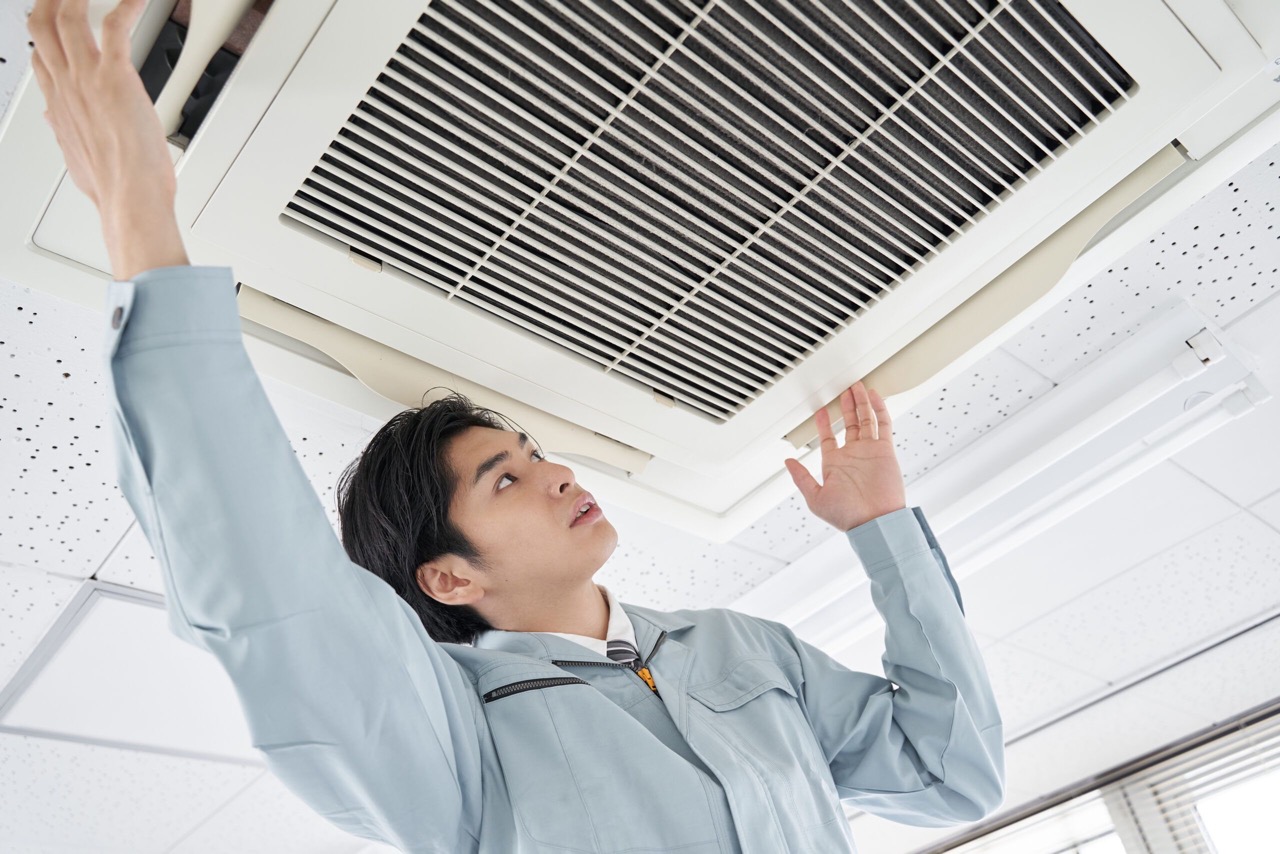

0 thoughts on “Why Are Wall Ovens More Expensive Than Ranges”